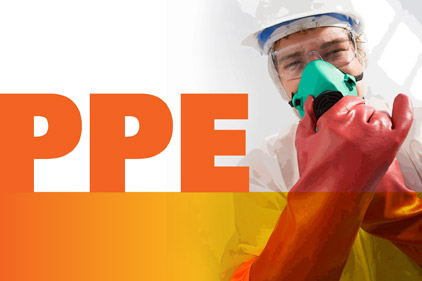Powered air-purifying respirators (PAPRs) are increasingly being used to protect workers in hospitals, clinics, nursing homes and other health care facilities. The use and effectiveness of PAPRs in health care was explored in an August 7-8 workshop in Washington, DC, conducted by the Institute of Medicine (IOM), part of the National Academies of Science. The goal of the workshop was to present ideas and information to help guide the development of PAPR standards and certification.
ISEA president Dan Shipp, a member of the IOM standing Committee on Personal Protective Equipment, was on the planning committee for the workshop and moderated a panel on equipment research and design perspectives. Craig Colton of 3M described respirator standards currently under development by the International Organization for Standardization (ISO), and participated in the wrap-up panel at the workshop’s conclusion.
Other participants in the workshop included representatives of government certification and regulatory agencies, authorities in health care and worker protection, labor and professional organizations, respirator manufacturers and experts in respiratory protection.
Panels focused on respiratory protection standards, certification and regulation; employee experience in using PAPRs in health care; employer perspectives in the management of health care respiratory protection programs; the use of PAPRs in emergency preparedness planning and response, and issues that influence product design and certification.
Workshop organizers expected the event to identify a path forward to update certification standards and drive better health care through the use of innovative respiratory protection technologies.
ISEA active in IOM workshop on respiratory protection in health care


